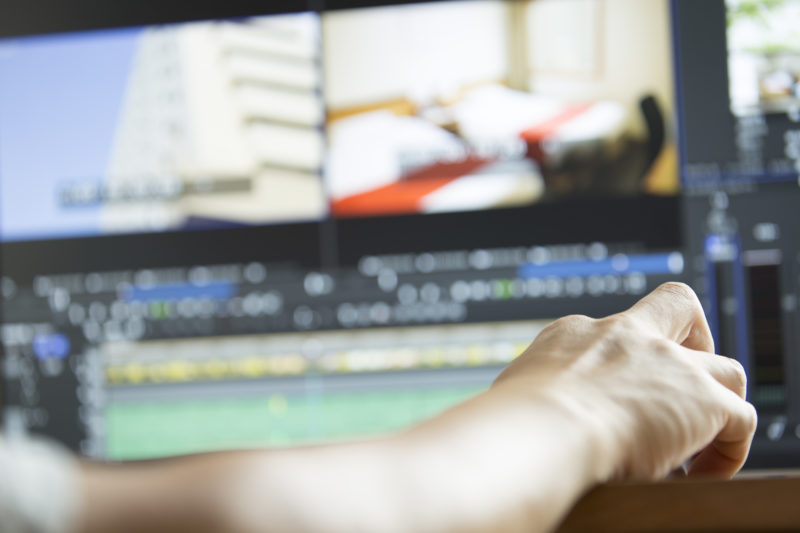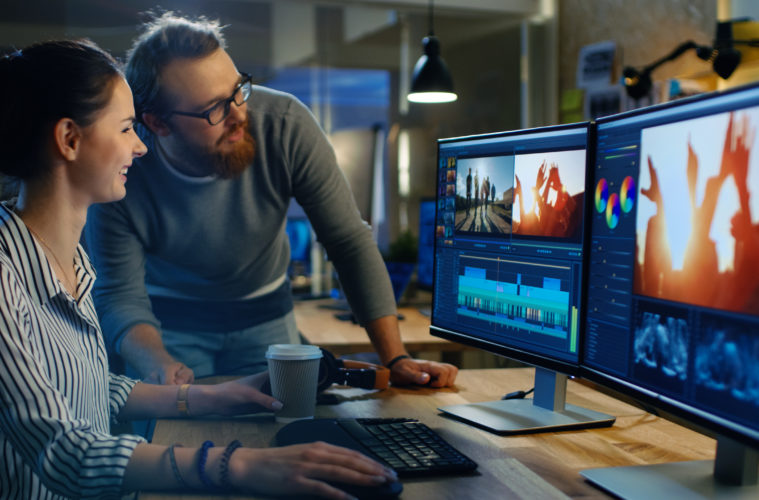Editing is not simply about cutting video and using transitions. Editors need to have a deep understanding of the people on the screen and the audience for which the content is intended. Their work has a crucial role to play in telling a story through video. You would not be able to stand many of your favourite movies if they were not expertly edited.
Whether it’s for a blog or a business website, videos have become a very important tool of communication for the average person. Not everybody is a pro editor and not everyone needs to be. The tips you find in this article will help you edit better regardless of your level of skill.
Add breathing room
In our race against time, we do our best to cram as much information in very short videos; 30-second videos or even 7-second videos. This might make you resort to cutting in all the wrong places and transitioning from one clip to another too quickly. While it may add 2 to 4 seconds to your video, it is important to add strategically placed pauses in your videos, especially for interviews. It makes the video easier to watch as it can provide the audience with a sort of mental break, giving them a bit of time to process the information they have just received.

Cut on action and words
You can make the edit between two shots unnoticeable by cutting on a gesture or the sound of a word, especially words containing hard consonants. The audience catches the beginning of a gesture in the first shot, following through the edit and into the second shot. The edit is masked by the completion of the motion.
Vary the shots
Because people generally tend to have a short attention span, it is important that you try to keep your videos visually interesting. Don’t simply use a single shot throughout the video. Instead, throw in a couple of interesting angles. This actually starts from when you are planning to shoot, and the shots don’t have to be complicated. With two cameras shooting from different angles, you’ll be good. During the editing phase, you can switch between the shots.
It is important that you don’t overdo it though, or you may end up confusing and annoying your audience. A general rule is to only cut at pauses or based on the beat of the soundtrack you are using for the video. Remember to always consider the audience and what they’ll be seeing on the screen.
Crop your videos
You can use video cropping to help viewers focus on the most important elements. Get rid of unwanted areas that are not needed in the video using a video cropping software like Movavi Video Editor. In addition to cropping video, it lets you use special effects and add filters, transitions, and more. Black bars are something else you might want to crop from the sides of the video.

Indicate places to make edits by adding markers to music tracks
Typically, when you are editing video clips on a sequence that contains soundtracks, you may work with the display of the audio’s waveform, trying to match your edits to places where the sound hits a crescendo or a beat. This method certainly works, but there is an easier way. You can add markers to the music track as you play it back in the viewer, allowing the markers to show up in your timeline. Then, all you have to do is line up your edits to the markers, allowing them to snap into place. And that’s it.
Have you tried any of these tips recently? Why not tell us how it worked out?

